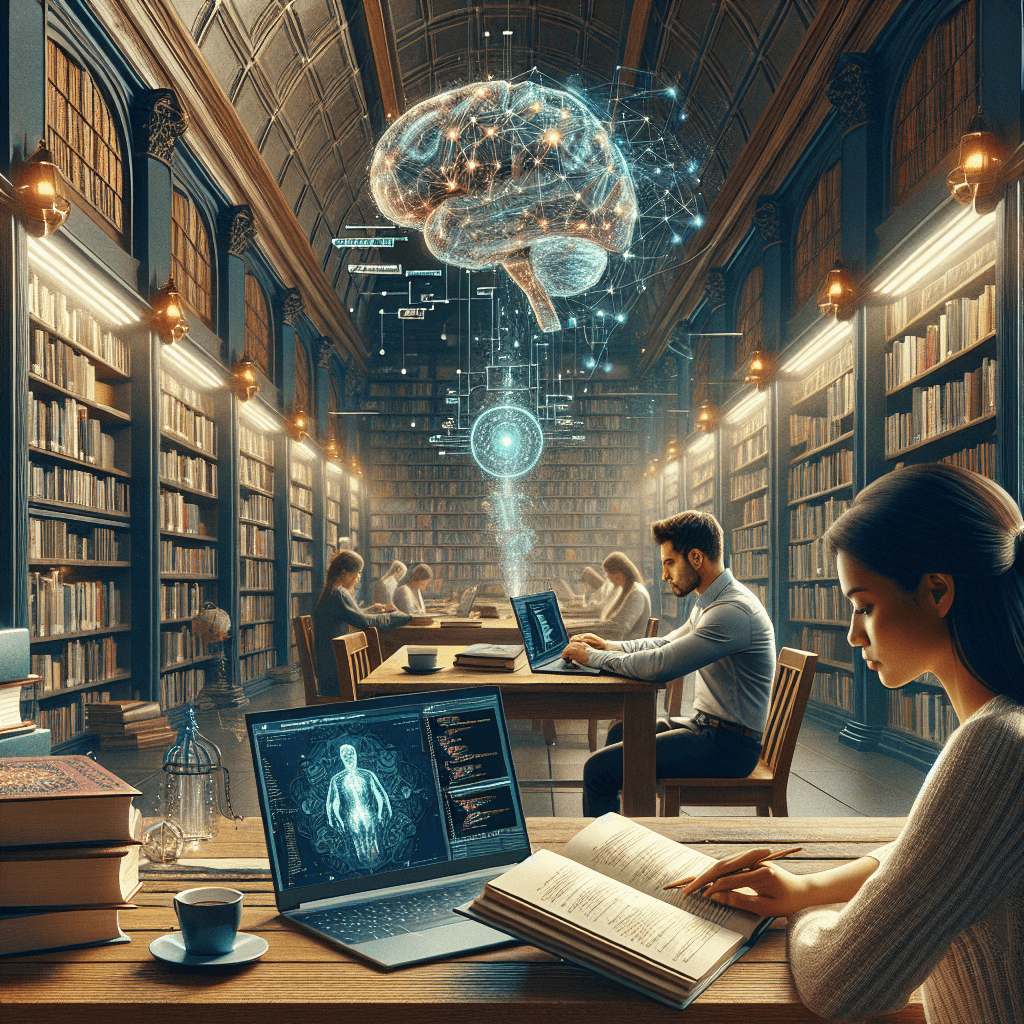
When we dive into the intricacies of coding, it is less often explored how deeply intertwined it is with the very essence of human cognition. Cognitive science, the interdisciplinary study focusing on the mind and its processes, plays a pivotal role in shaping the coding world. At its core, the alliance between cognitive science and coding is about creating solutions that resonate with the way we think, learn, and process information.
Understanding Human Cognition to Develop User-Friendly Software
What makes software intuitive? Why do some applications feel like they were made with the end-user in mind, while others feel cumbersome? The secret lies in the principles of cognitive science. For instance, cognitive load theory provides invaluable insights here: when software is designed to reduce unnecessary cognitive load, it allows the user to focus on the task at hand rather than the tool being used. This means cleaner interfaces, more intuitive navigation, and interactions that align with our natural mental models.
Imagine a piece of software engineered to cater to the working memory’s limitations. It uses visual cues and consistent iconography, reducing the need for users to recall information from memory. What you get is a product that feels like second nature to operate. Moreover, by understanding how we process visual and textual information, coders can create interfaces that draw the user’s attention to the right place and make it instinctive to move from one task to another. Tools like these don’t just do the job—they enhance efficiency and enjoyment, two metrics that are indispensable in the digital age.
Reinventing Programming Languages Through Cognitive Principles
Turning the page to programming languages themselves, cognitive principles are quietly revolutionizing the way we write code. Programming languages are a coder’s medium of thought, and the closer they align with human problem-solving processes, the faster and more intuitive the coding becomes. This is where concepts like cognitive dimensions of notations come into play—measuring how the traits of a language interface with cognitive capabilities.
For example, a language with high ‘viscosity’—where making changes is labor-intensive—can slow down the development process and increase the likelihood of errors. In contrast, one with low viscosity allows for rapid and fluid modifications, closely mirroring the dynamic and iterative process of human thought. By understanding and applying these cognitive dimensions, we can develop programming languages that make it easier for developers to translate thoughts into code, iterating and evolving their ideas without the obstacle of clunky syntax or rigid structures.
Enhancing Problem Solving with Cognitive Strategies
Now, let’s look at solving problems—a universal aspect of coding. Cognitive science dives into various problem-solving strategies that the human mind employs, such as analogy, decomposition, and pattern recognition. For coders, grasping these strategies enhances their ability to break down complex issues into manageable parts, recognize recurring themes or errors, and draw parallels between disparate problems to discover efficient solutions.
A coder skilled in these cognitive strategies is like a seasoned detective, piecing together a puzzle where each clue leads to a more complete picture. By internalizing these strategies, developers can create software that feels more like a natural extension of human thought—a kind of second skin for the mind—that simplifies complex tasks and uncovers solutions where others see insurmountable hurdles.
The Convergence of Coding and Cognitive Science
The intersection of cognitive science and coding is a fertile ground for innovation. As we observe users interacting with software, the feedback loop that emerges is invaluable. It lights the way for coders to refine their creations, shaping them into tools that complement human ingenuity rather than compete with it. This synergy is our guiding star in a quest to make technology faster, more powerful, and more ‘human’.
Cognitive science doesn’t just offer insights—it revolutionizes approaches. The knowledge of how we process, retain, and retrieve information has the power to transform coding from a mere technical skill into an art form; an art that doesn’t just replicate human thought, but anticipates it, molds it, and most importantly, elevates it.
Envision software that adapts to learning styles, predicting areas where a user might struggle and offering assistance—like a co-pilot on a digital journey. Consider programming languages that are so in harmony with human cognition that they feel more like storytelling and less like stringing together lines of code. Dream of problem-solving tools that draw upon the human capacity for creativity and synthesis to tackle issues that today seem insurmountable. This is the future that awaits at the nexus of coding and cognitive science.
The melding of cognitive science principles with coding practices promises a new era where software doesn’t just work; it thinks. It thinks in a way that resonates with our innermost cognitive processes, making technology an extension of the self. Bridging the gap between the realms of human cognition and technological innovation, we stand on the threshold of crafting not only user-friendly interfaces and advanced programming languages but also embarking on a quest to redefine what it means to ‘solve a problem’.
True to the ever-evolving nature of technology, as we enhance our understanding of the human mind, we concurrently advance the field of coding. It’s a synergistic dance, with cognitive science leading and coding eagerly following. This partnership doesn’t just better the tools we use; it reshapes our interaction with the world, fostering a digital environment where technology bends to the curves of human thought. The horizon is limitless, and the potential—boundless. We are forging a future where the line between human and technological capability blurs, heralding an age where our digital creations are, ultimately, a mirror of us.